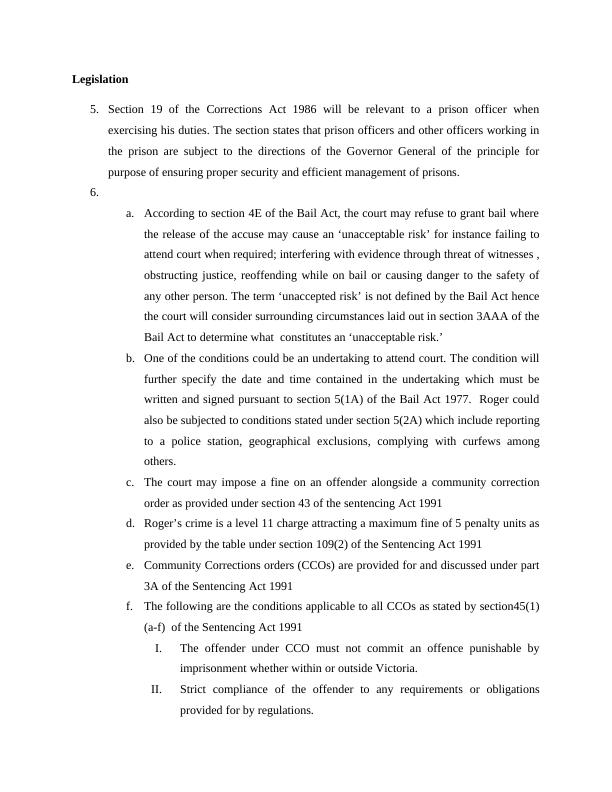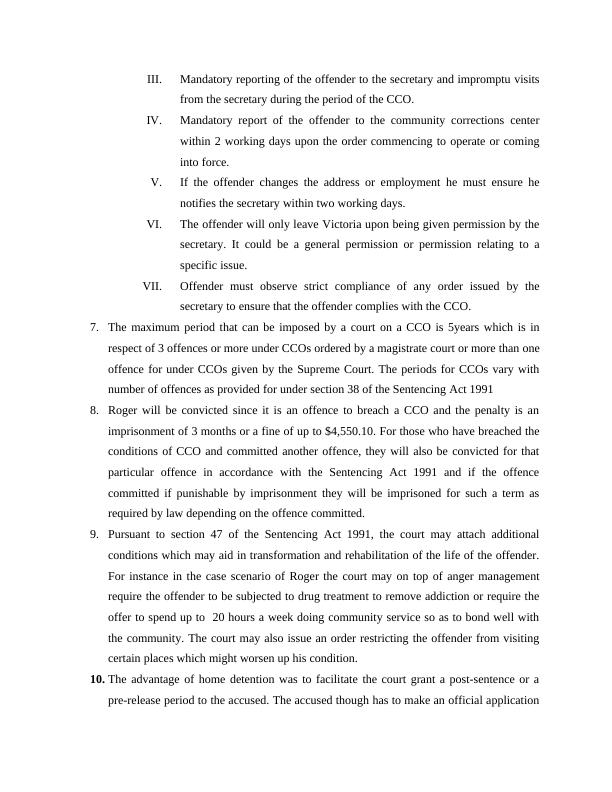Principles of Punishment, Legislation, Professional Practice-Communication and Strategies, Accountability, Sentence and Prison Management, Behavioral Theory, PP2
Roles of community corrections officers, purpose of the Corrections Act and Sentencing Act, role of the Adult Parole Board, knowledge and skills required for working with offenders, correctional components, overview of prisons and women in custody, sociology of punishment, principles of punishment, case study scenario
Added on 2022-11-01
About This Document
Principles of Punishment, Legislation, Professional Practice-Communication and Strategies, Accountability, Sentence and Prison Management, Behavioral Theory, PP2
Roles of community corrections officers, purpose of the Corrections Act and Sentencing Act, role of the Adult Parole Board, knowledge and skills required for working with offenders, correctional components, overview of prisons and women in custody, sociology of punishment, principles of punishment, case study scenario
Added on 2022-11-01
End of preview
Want to access all the pages? Upload your documents or become a member.



